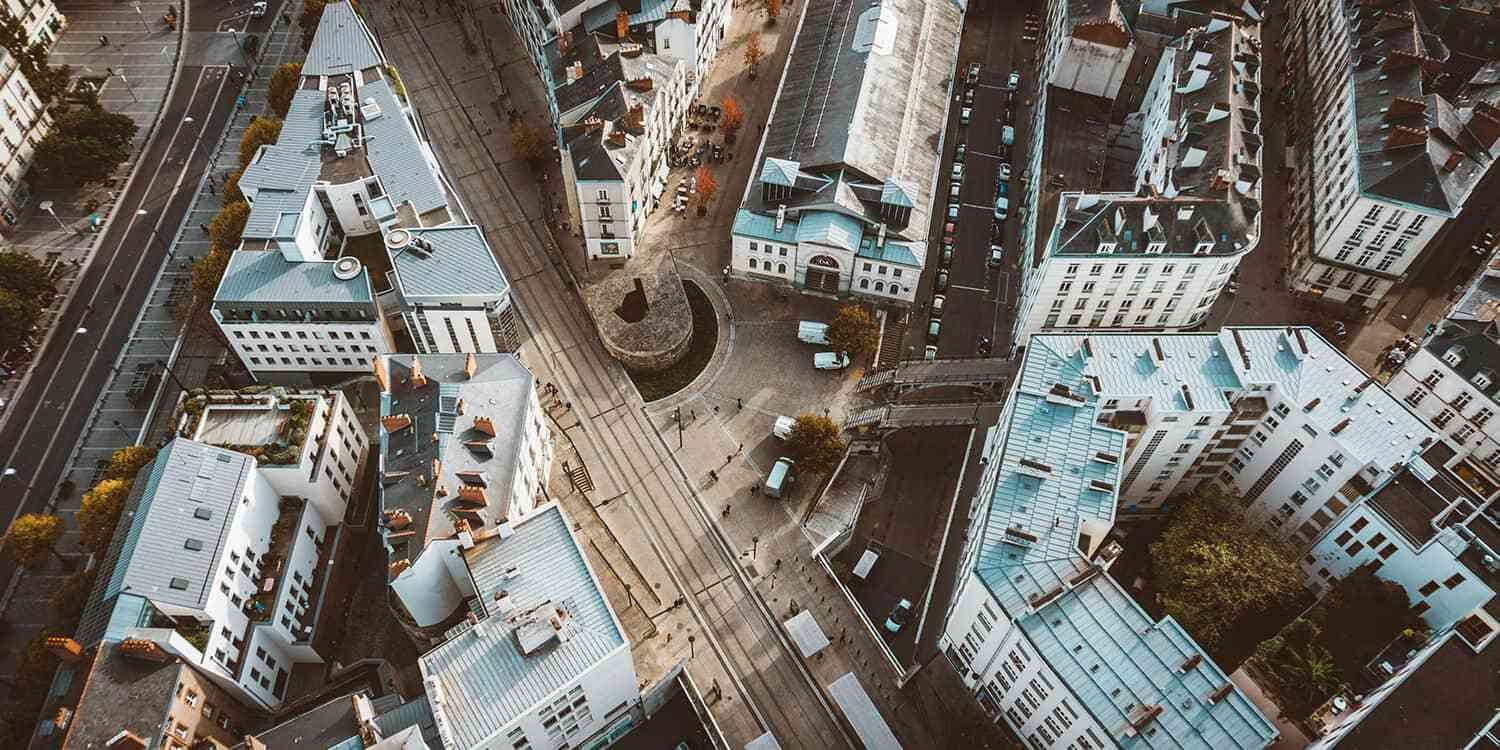Concept
Journal of design research and innovation
Investigating Biomimicry in design
Results from a Research Workshop at L’École de Design Nantes Atlantique

Abstract
This article presents the findings of a research workshop conducted at L’École de Design Nantes Atlantique, focused on exploring the possibilities biomimicry offers in design. The workshop aimed to investigate how natural organisms can inspire innovative approaches to product and systems design.
To achieve this, the workshop employed a hands-on research methodology centred on a biomimicry table—a curated collection of organisms selected for their potential to inspire design solutions. Participants were encouraged to study the organisms’ structures, functions, and behaviours, translating these insights into conceptual and practical design outcomes. The interdisciplinary nature of the workshop was further enriched by the collaboration of a biologist, who provided scientific guidance and ensured the biological accuracy of the participants’ analyses.
This investigation not only explored the application of biomimicry in design processes but also demonstrated the value of integrating biological expertise within creative practices. The workshop outcomes underline the potential of biomimicry as a tool for sustainable innovation, fostering a deeper understanding of nature’s role in addressing complex design challenges.
The project was undertaken by three teams of international students, with the primary objective of selecting an area on the Île de Nantes, where the school is located, and designing a space for the island’s residents using biomimetic design principles. The project was led by a team of professors: José Antonio González Casares from ESADA and Julien Delannoy from L’École de Design.
We would like to extend our deepest gratitude to L’École de Design Nantes Atlantique and its outstanding Erasmus team, led by Zoe Lacey, for the incredible experience and their immense effort in making the International Week such a remarkable success. Additionally, our sincere thanks go to the Erasmus team at ESADA and their coordinator, Félix Guerrero, for their enthusiasm and dedication in preparing the project. Finally, a special thanks to the team at Biomimicry Granada (https://biomimicrygranada.com/), particularly Abraham Ortega and Theresa Millard, for preparing the materials and providing the essential scientific support that ensured the workshop was both productive and inspiring.
